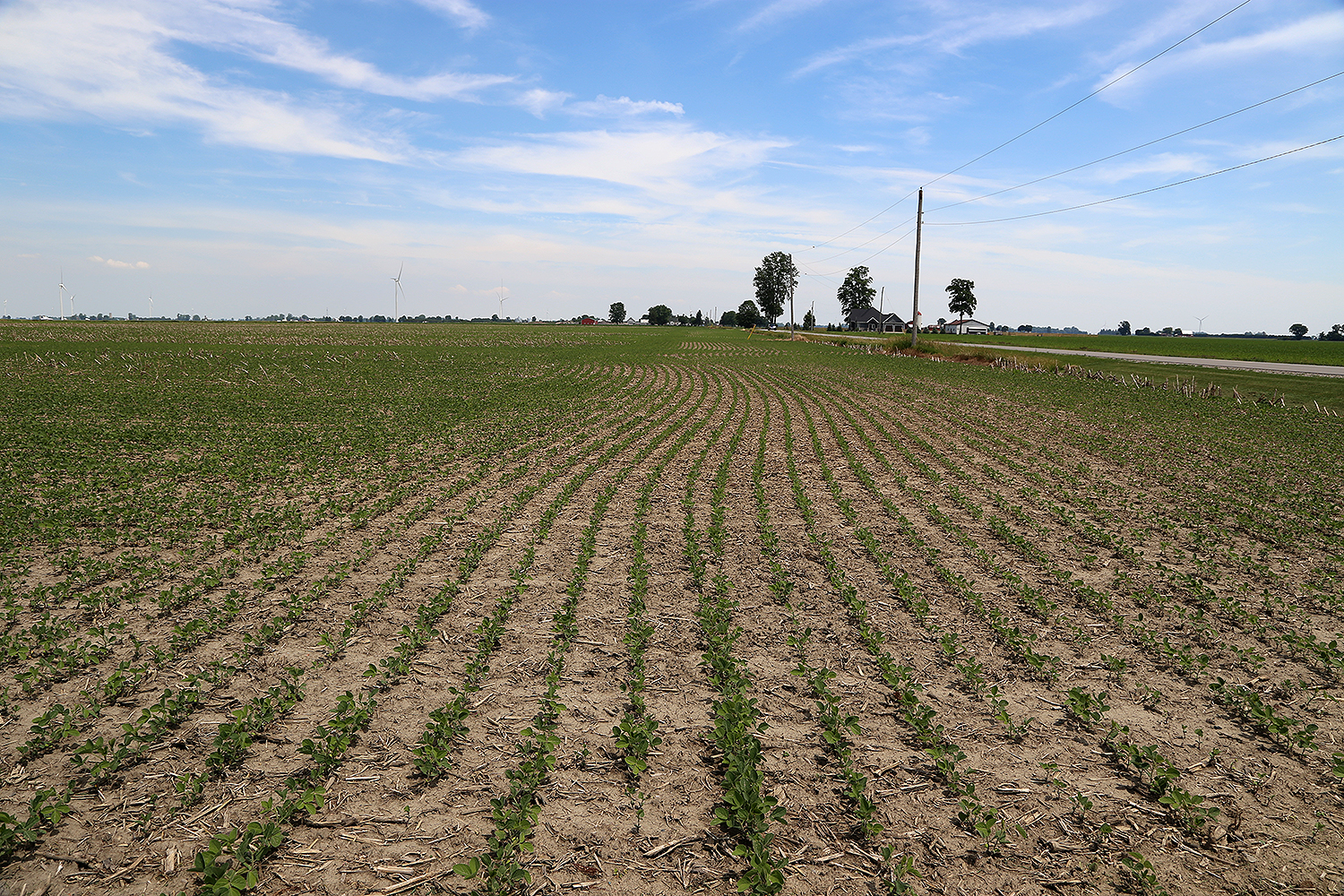Despite what the spring throws at us; multiple snowstorms and rain events, low temperatures. It is still very important to target proper soil temperature and conditions for planting corn. If we start planting into soil conditions that are cool and wet, we can expose the corn seed to a lot of stress that can potentially set the crop back further.
The main thing to keep in mind right now is soil temperature. We want to target planting into soil that is 10 ˚C or higher at planting depth, with a 48 hour warming trend. Corn is extremely temperature sensitive and will not germinate below 10˚C. Imbibitional chilling can be very detrimental when corn is planted in cool soils.
Imbibitional chilling occurs when there is a drastic change in the water temperature during imbibition (when the seed is taking in water during the first 24 to 48 hours after planting). During the imbibition process, the seed swells and damages the internal cell membrane structure. When the corn seed and soil is warm this damage is repaired quickly, and the germination process continues. When the seed and soil are cold, the cell membranes are less elastic making it harder or impossible to repair the damage. Left unrepaired, this damage of cell membranes and leakage of cell contents can result in death of the seed.


In addition to cool soils, we will also need to be cognizant of the amount of moisture in the seed bed. A good firm seedbed needs to be present when planting. This will increase seed - to - soil contact, maintain a proper depth of 1.5 – 2” and allow the nodal roots of the corn plant to develop properly.
When planting into moist soils, one of the most common things that can happen is sidewall compaction in the seed furrow. If this compaction occurs, it can make it very tough for corn roots to grow through the walls of the furrow resulting in poor emergence. Wet soil can also build up and smear the sidewall of the seed slot causing poor closure which can harm the germination of the corn seed. Wet soil can build up on gauge wheels, disk openers and closing wheels which can all affect the depth that the corn seed is planted at.
The main take away from this message is that we need to remain patient this spring before rushing into the field to plant corn. Planting into unideal conditions can be more detrimental than leaving the seed in the bag until the conditions are right.
Additional Reading:
https://www.agry.purdue.edu/ext/corn/news/timeless/ImbibitionalChilling.html
https://www.gov.mb.ca/agriculture/crops/crop-management/print,planting-corn-early-cool-spring.html




